Motorhome travel: The Isle of Wight
Words & Photography: Carol Burkinshaw
Note: This feature was written prior to the coronavirus pandemic. We are publishing it for your enjoyment and to help you plan your future trips. Readers must follow the latest government advice before leaving their homes. Check www.gov.uk/coronavirus for the latest news.
Gazing across Freshwater Bay, backdropped against towering, white chalk cliffs, I could visualise a bearded Victorian gentleman wearing a black cloak and wide-brimmed hat striding out across the clifftop’s flower-swathed downland.
Frequent walks from his nearby home at Farringford House onto what is known today as Tennyson Down had kept the creative ink of the Poet Laureate Alfred, Lord Tennyson flowing over several decades. It’s a landscape that inspired the literary genius to write powerful poems such as The Charge of the Light Brigade and Maud and drew many other contemporary gifted intellectual and artistic minds to his remote pad on the Isle of Wight.
As the weather was fair we hadn’t expected to find ourselves all alone as we climbed Tennyson Down, so luxuriantly soft underfoot, to the huge granite cross of the Tennyson Monument.
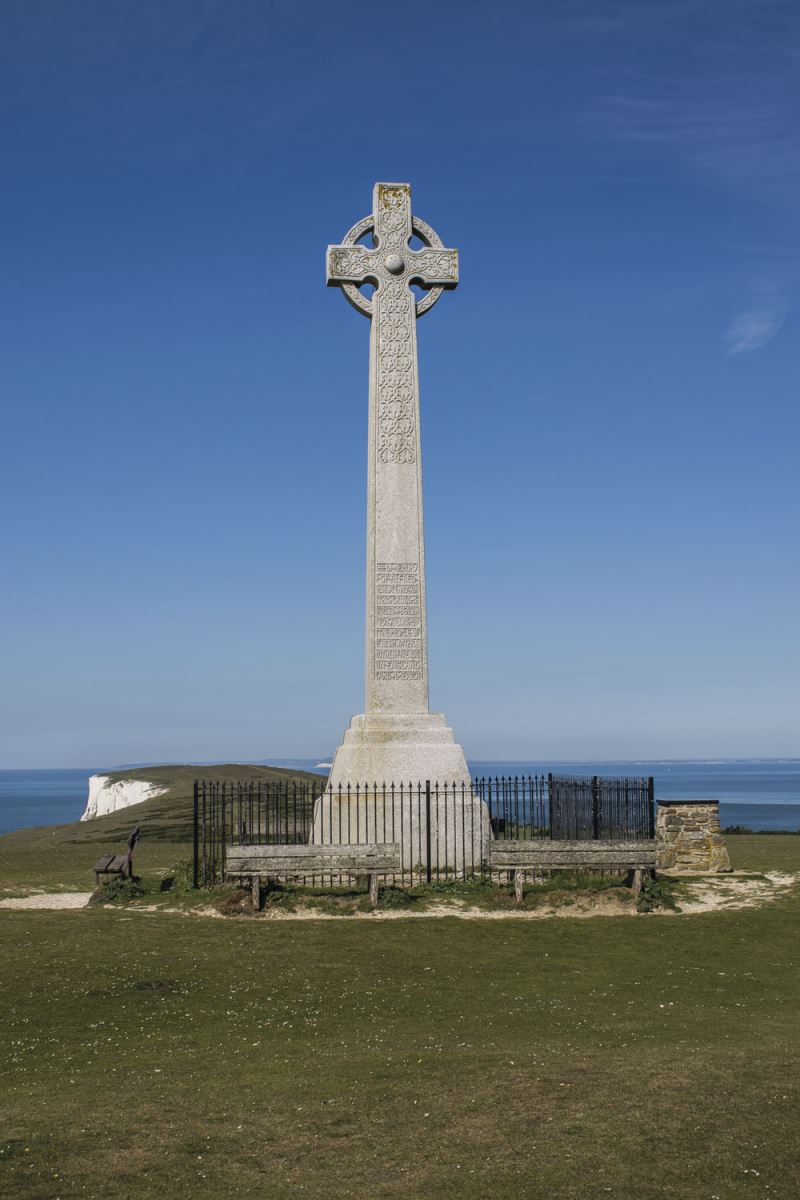
Facing Freshwater Bay, our panorama spanning the Isle of Wight, the mainland and the sparkling sea was immense. In the opposite direction a dagger-shaped, flat peninsula stabbed into the English Channel.
As we stepped onto this headland, we felt strangely high and exposed, as though we were walking to the end of a diving board. Rounding the tip of the promontory we passed two Victorian defence batteries with many stories to tell, but our sights were set on the Alum Bay that lay ahead.
Renowned for its multicoloured sand cliff, as a child I can remember digging into the base of the cliff and filling my souvenir jar with the extracted material. Such activity is no longer permitted, although you can create your own personalised ornament at the Sand Shop using its officially collected rockfall. Seen most clearly after rain, at the time of our visit the cliff’s 20-odd shades of sand were, unfortunately, a little muted.
We didn’t linger at the seemingly out-of-place pleasure park plonked above this natural wonder and, instead, ascended to Headon Warren.
Stretched out in front of us was the ‘diving board’ peninsula we’d walked across earlier. Its gleaming cliff face tapered to a row of three chalk stacks – the iconic Needles – rising from the sea. Distracted by these jagged white fangs, their toothy gap resulting from a collapsed column, we almost missed a long grass snake slither past our feet.
Clamped limpet-like to the outer Needles rock at the western tip of the island is a red and white lighthouse. From here an elevated spine of chalk runs across the centre of the island to Culver Cliff in the east.
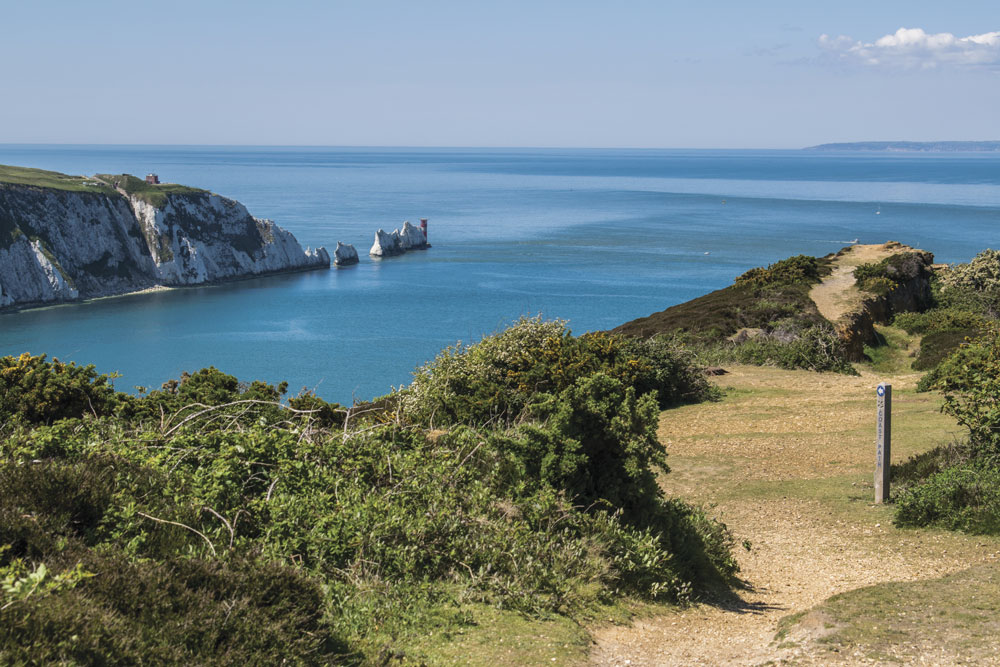
Our rambles along this ‘promenade in the sky’, accompanied by a pleasant breeze and spacious vistas, were a joy. The real landscape beauty of this vertebra-shaped isle, however, is that it somehow manages to pack in a bit of everything from southeast England. Yet, refreshingly, the slim Solent cushion that separates this county island from Hampshire has left its clock turned back to less hurried times.
Dipping in and out of the Isle of Wight’s coastline, we couldn’t fail to notice the elaborate show of military might the Victorians had ringed the island with to shield their flagship Portsmouth naval base from the French. Standing atop Fort Victoria, guarding the narrow entrance to the western Solent, we could almost reach out and touch Henry VIII’s Hurst Castle and the Hurst Point Lighthouse positioned opposite on a mainland shingle spit.
A short stroll guided us to another coastal fortress at Yarmouth. Both these Tudor strongholds had been strengthened by the Victorians. We then looped around the Western Yar Estuary’s easy trail, as feathered friends feasted on the fine dining experience plated up by the exposed shimmering mudflats.
In contrast to the Yar’s wide-open estuarine basin, at the nearby Newtown National Nature Reserve its tidal inlet’s intricate network of creeks rapidly began to fill with water. Two stand up paddle boarders set out and a solitary swan appeared to purposefully swim out to them and serenely lead them towards the Solent.
Inland from Newtown’s wildlife haven, we parked at Calbourne Mill and tracked the stream into the village of Calbourne. It’s a ‘must-do’ island village famed for its photogenic row of stone and thatched cottages strung out along the enticingly named Winkle Street beside the Caul.
Its rival rural community at Godshill was close to our base at Wroxall’s Appuldurcombe Gardens Holiday Park. The village’s ample free parking area made it an ideal post-walk stop for us to sample its array of tea rooms. But, unlike Calbourne, Godshill is inundated with coach parties.
Nevertheless, its picture-postcard church and thatched cottage composition is a match for Winkle Street. Our tastebuds were also tickled one evening at Godshill’s Taverners inn, where I was drawn to the dining room’s chalkboard tabling a huge list of seasonal fruits and vegetables.
Coincidently, whilst staying on the Isle of Wight, we’d watched Matt Baker present BBC1’s Countryfile TV programme from the nation’s best-known holiday home overlooking the Solent at Osborne House.
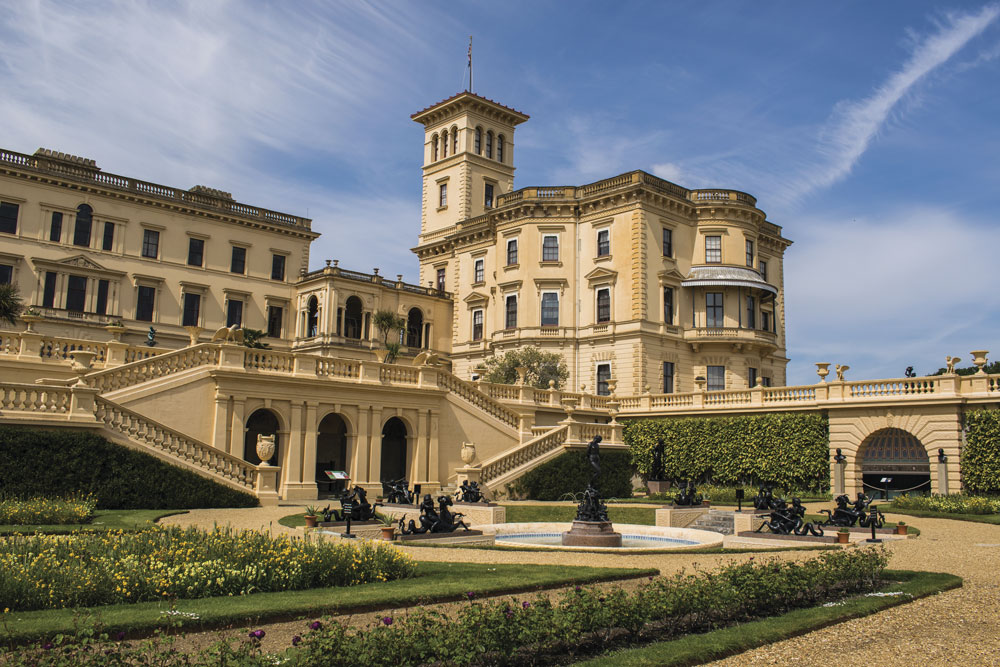
Exploring the interior of this royal bolthole, we were surprised by the simplicity of its private apartments. A couch bed placed in the middle of a smallish spartan bedroom was where Queen Victoria had passed away. At completely the other end of the scale, the iconic Indian-themed state banqueting hall – the Durbar Room – was overwhelmingly sumptuous.
Outside we admired the tiered terraces, decked with formal flower beds, statuary and fountains set against the warm peach exterior of this Italian Renaissance palazzo.
Following a path from the garden down to the family’s beach, a plain green beach hut on wheels with a cream veranda turned out to be her majesty’s modesty preserving bathing machine.
Perched on the steps below the veranda, scanning the Solent, I wondered if passing sailors had realised that Queen Victoria was taking a dip in her cossie!
The beach must have provided much free-range fun for the royal couple’s nine offspring, but Prince Albert also built them the ultimate Wendy house – a full-sized Alpine chalet, kitted out with scaled-down furniture and kitchen equipment. Designed to educate, as well as entertain, Albert motivated his children to play house; for instance, by preparing meals. He also paid the youngsters commercial rates in return for growing fruit and vegetables in their Swiss Cottage garden. It was all such an intriguing insight into the private lives of such a high-profile dynasty.
Ice cream in hand, we observed the busy comings and goings across the Solent from the remains of St Helens old church. The church teeters, literally, on the edge of east Wight’s shoreline.
At the eastern end of the island’s chalk backbone we drove up onto the Bembridge and Culver Downs to soak up the scenery. As it was somewhat blustery, kite flyers appeared in peril of taking off, although the small aircraft at Bembridge airfield below us and the peregrine falcon hunting for nesting birds along Culver Cliff seemed comfortable with the conditions.
Some 200 years ago this cliff was England’s last known breeding place for the white-tailed eagle and a five-year programme to reintroduce these sea eagles – the UK’s largest bird of prey – is now underway.
More thatched charms greeted us in Shanklin, where we hooked up with the coastal footpath. Passing Luccombe’s clifftop cottages, well-tended gardens were festooned with the blue floral spikes of giant echiums, towering 10 feet tall or more.
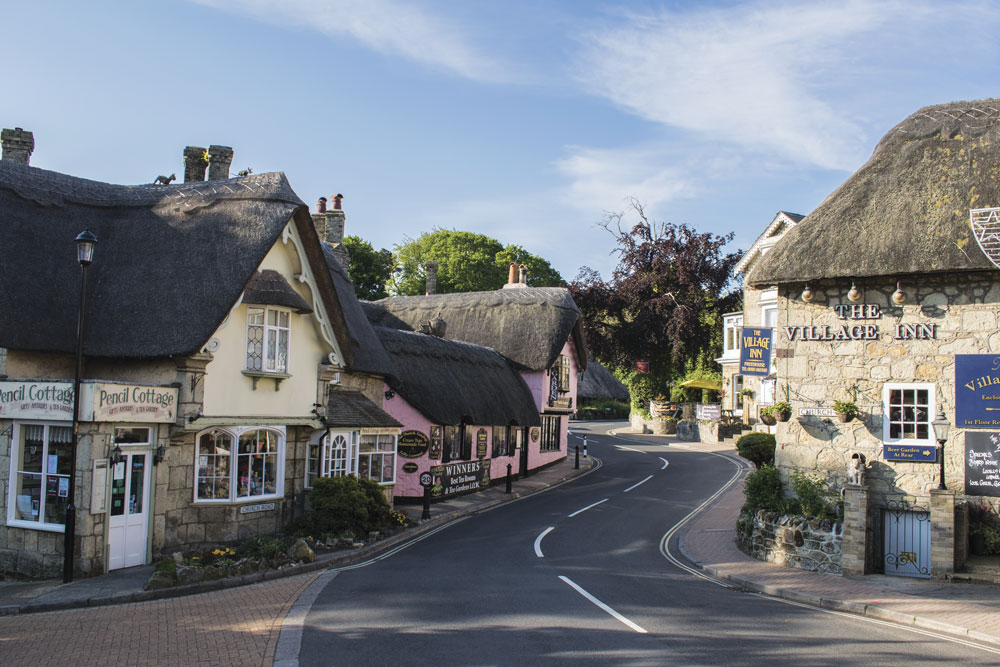
Between Luccombe and Bonchurch we immersed ourselves in an ancient landslip that suffered two further major landslides early in the nineteenth century. Densely-wooded and strewn with boulders, the undercliff had the feel of a rainforest-come-lost-world to it. Enchantingly atmospheric, yet somehow slightly forbidding, we were a tad relieved to escape its shady umbrella.
Pretty Bonchurch merged into Ventnor. At the island’s most southerly point, this seaside town’s microclimate, capable of supporting subtropical and exotic plants, was developed by the Victorians into a spa resort. Sitting waterside at The Spyglass Inn, polishing off a plate of scampi and chips, the town’s terraces towered above us like rows of seats in a theatre.
Very characterful, but the tightly packed contours of my Ordnance Survey map told me it was going to be a stiff climb out of Ventnor up to the island’s highest spot on St Boniface Down. The reward awaiting us along the top of the down was a lush, deep and steep-sided valley, which a resident herd of wild goats was making light work of.
Motoring along the former military south coast road we pulled into one of its handy vantage point car parks near Blackgang Chine. Here a gentle hill swept us up to another of the island’s loftiest heights at St Catherine’s Oratory. Whilst only an octagonal tower (that the locals call the Pepperpot) survives from the original medieval oratory, its long-range perspective of Tennyson Country is delightful.
At Brook Bay we’d almost come full circle around the Isle of Wight’s coastline. Here, the crumbling red sandstone cliffs gave way to the steeply rising white cliffs where Tennyson had wandered and declared the air “worth six pence a pint”.
We would, of course, drink to that (or its modern-day equivalent!). But we boot-clad admirers felt that, above Brook Bay, the tousled duvet of vibrant greens, awash with wildflowers on Mottistone Down, gave the Tennyson Down and Needles Headland a run for the Poet Laureate’s money.
Throughout our stay we’d kept our eyes peeled for the island’s modern-day celebrity residents. Not having spent much time tramping through woodland, we thought we were out of luck. But, on one last amble from our campsite, we suddenly saw the cheeky red face and tufty ears of a native red squirrel staring at us from behind a tree trunk. It was such a simple pleasure, yet a fleeting glimpse of this cute endangered creature was a perfect finale to our exploration of the Isle of Wight’s scenic highs and lows.
At times its roller coaster coastline and shapely downs had made us glow, but we had revelled in a ‘Wight’ good dose of Victorian nostalgia and ‘vitamin sea’!
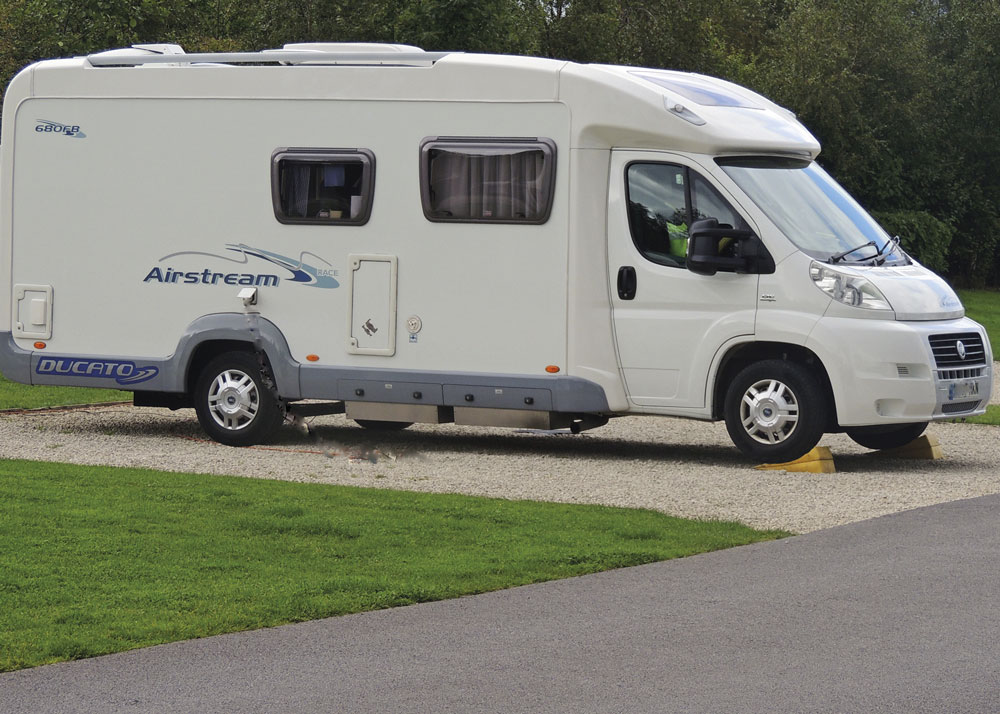
Useful travel information on the Isle of Wight
Order the official island guide to start planning your visit
visitisleofwight.co.uk
An odd place for a theme park
theneedles.co.uk
Not just a fort - find a planetarium, archaeology centre, model railways and reptilarium
fortvictoria.co.uk
Newtown National Nature Reserve and a town hall with no town
nationaltrust.org.uk
Properties include Yarmouth Castle, Osborne House and St Catherine's Oratory
english-heritage.org.uk
Shanklin regularly tops the charts for the number of sunshine hours
visitshanklin.co.uk
The journey to the Isle of Wight
From South Yorkshire, we drove via the M1/A43/M40/A34/M3/M27/M271 to Southampton ferry terminal. We spent several nights on the island in mid-May
The costs
Fuel average 28mpg: £108
Ferry Red Funnel, Southampton return to East Cowes: £201
Site fees: £277.10
Parking at Shanklin, St Helens and Brook Bay: £13
Attractions: Two adults at Osborne House: £37
Total costs: £636.10








Recent Updates
Engine management lights: all you need to know
What is the engine management light? What does it mean, and what do I have to do? ...
Motorhome air suspension: all you need to know
Motorhomes are heavy and the additional weight of equipment and height of the bodywork can increase the loads ...
Motorhome WiFi: how to get better motorhome internet
Staying connected on the move is more and more essential, so relying on campsite WiFi isn't an option – here ...
A class of their own - our guide to A-class motorhomes
Thinking of trading up to an A-class, or even going straight to the top of the motorhome tree? We guide you ...
Explore overseas on a motorhome dream tour
Enjoy exotic travel in a campervan or motorhome by hiring, swapping with someone else or exporting your ...
Motorhome water systems: everything you need to know
On-board water is an important part of every motorhome – here’s everything you need to know ...
Campervanning in Europe: what you need to know
Whether you're planning a leisurely drive through the French countryside, navigating bustling city streets in ...
Campervan security: all you need to know
With thefts on the increase, it’s important to know how to keep your campervan secure and prevent campervan ...
Campervan furniture: everything you need to know
Our campervan experts guide you through all the essentials for your campervan, including tables, chairs, ...
Campervan finance: how to fund your purchase
Here we look at the different types of campervan finance available, to help you decide what’s the best option ...
Other Articles
Britain’s best used motorhomes
Want a great motorhome without paying the premium for a new one? Here's a guide to the best you can get in the pre-owned market for each layout, ...
Which motorhome? Choosing the perfect motorhome for you
Choosing a motorhome or campervan is one of the biggest buying decisions you’ll ever make, so it's important ...
Campervan washroom essentials: stay fresh on the road
Our guide will take you through the campervan washroom essentials you'll need so you're well-prepared for ...
Dogs in campervans: all you need to know
Follow our advice and your dog will enjoy campervanning as much as you do ...
Electric campervans: all you need to know
Our guide will take you through everything you need to know about electric campervans and what the future ...
Motorhome electrics: a complete guide to your motorhome electrical set-up
Motorhome electrics can dramatically enhance the convenience and comfort of your vehicle – but they can be ...
Lighting for campervans: all you need to know
We guide you through all the lighting options available for you and your campervan, including interior ...
Electric bikes for motorhomes: our ultimate guide
Read our comprehensive guide to electric bikes for motorhome owners, helping you add electric power to your ...
Our guide to 'cheap' motorhomes in 2024
If you're on the hunt for an affordable new motorhome, this is the best place to start – we've rounded up a ...
Campervans in winter: all you need to know
Here's your guide to preparing your campervan for the colder months, whether you will be using it or putting ...